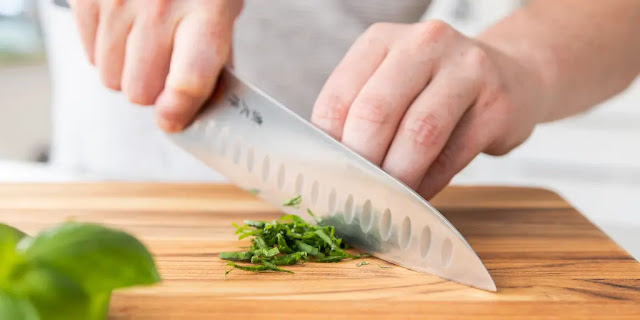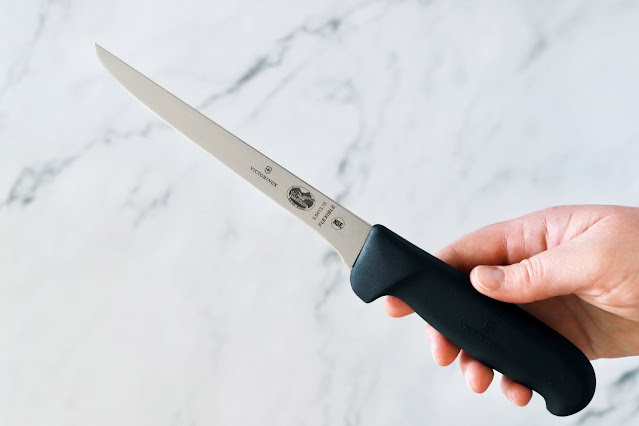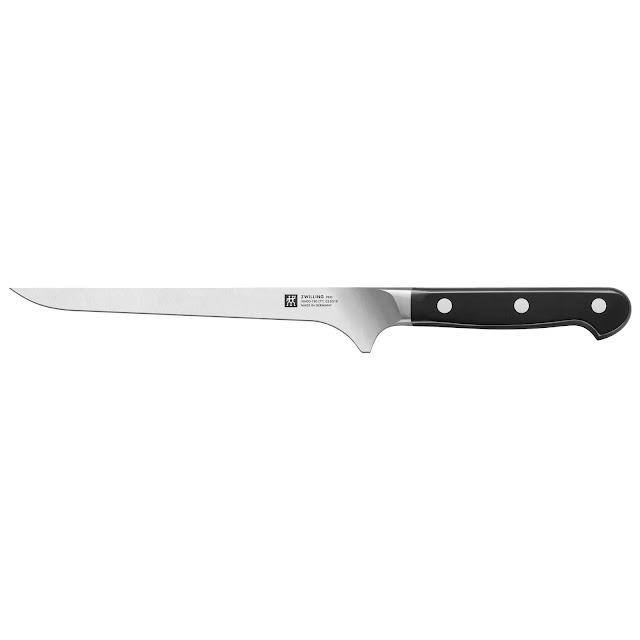Mastering Cutting Knives: A Comprehensive Guide to Kitchen Essentials
Welcome to our comprehensive guide on cutting knives – the backbone of any kitchen! As you embark on your culinary journey, having the right cutting knife can make all the difference in your cooking experience. In this blog, we will explore the various types of cutting knives, their unique features, and their specific uses in the kitchen. Whether you're a seasoned chef or a novice home cook, let's dive into the world of cutting knives and equip you with the knowledge to slice and dice like a pro!
Understanding the Anatomy of Cutting Knives
Cutting knives come in different shapes and sizes, each designed for specific tasks. The basic anatomy of a cutting knife consists of a blade, handle, and tang. The blade, typically made of high-quality stainless steel or carbon steel, varies in length and shape, catering to different cutting techniques. The handle should provide a comfortable grip, ensuring control and reducing the risk of accidents. Meanwhile, the tang, either full or partial, refers to the extension of the blade into the handle, influencing the knife's balance and durability.
The Essential Chef's Knife
The chef's knife, often considered the workhorse of the kitchen, boasts a versatile and multipurpose design. With a blade length of around 8 to 10 inches, the chef's knife is perfect for chopping, dicing, mincing, and slicing a wide range of ingredients. Its curved blade allows for a rocking motion, making it an efficient and favored tool among professional chefs and home cooks alike.
The Mighty Santoku Knife
Originating from Japan, the Santoku knife is a true multi-tasker. Featuring a shorter and wider blade, typically around 5 to 7 inches, the Santoku excels in precise slicing, dicing, and mincing of vegetables, fish, and meats. Its name translates to "three virtues," referring to its ability to handle three essential kitchen tasks: slicing, dicing, and mincing.
The Paring Knife's Precision
For intricate tasks requiring precision, the paring knife steps up to the plate. With a blade length of around 3 to 4 inches, this small but mighty knife is perfect for peeling, coring, and intricate cutting work, such as deveining shrimp or creating garnishes. Its nimble size makes it an invaluable tool for delicate tasks that demand accuracy.
Specialized Cutting Knives
In addition to the essential cutting knives mentioned above, there are specialized cutting knives catering to specific culinary needs. For instance, the bread knife, with its serrated edge, effortlessly cuts through crusty bread without crushing the soft interior. The boning knife, with its thin and flexible blade, is designed for removing bones from meat, poultry, and fish. Other specialized knives include the cleaver for heavy-duty chopping and the fillet knife for precise fish filleting.
Caring for Your Cutting Knives
Proper care and maintenance are essential for keeping your cutting knives in top-notch condition. Hand wash your knives with mild soap and water immediately after use, avoiding abrasive materials that can damage the blade. Regularly hone your knives with a honing steel to maintain their sharpness. Additionally, periodic sharpening with a whetstone will keep them razor-sharp for precise cutting.
Conclusion
In conclusion, cutting knives are the indispensable tools that empower us to create culinary masterpieces in the kitchen. Understanding the different types of cutting knives and their specific uses will enhance your cooking experience and elevate your skills to new heights. So, equip your kitchen with the right set of cutting knives, care for them diligently, and let these cutting-edge tools become your trusted companions in your gastronomic adventures!


.jpg)

Comments
Post a Comment